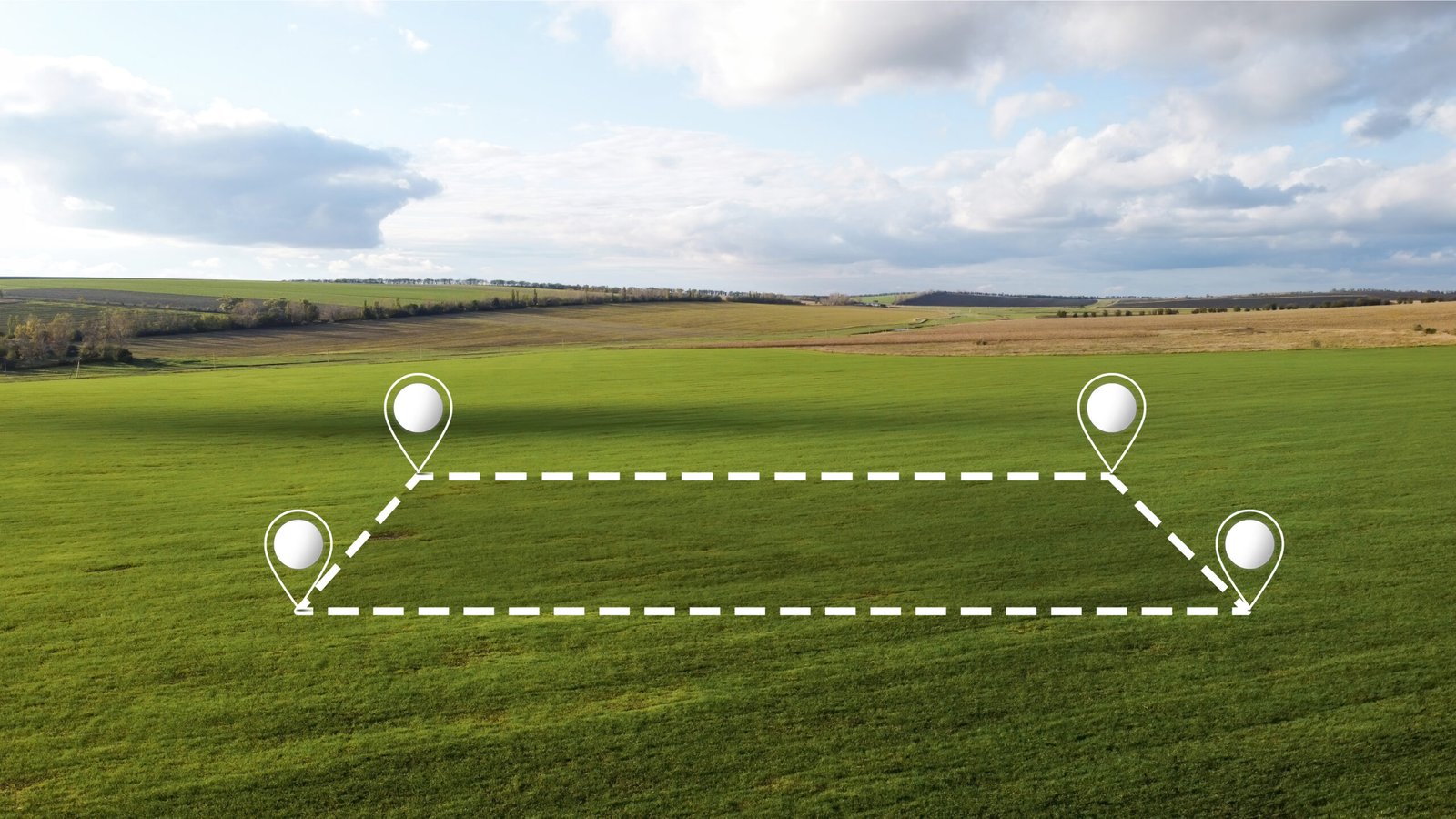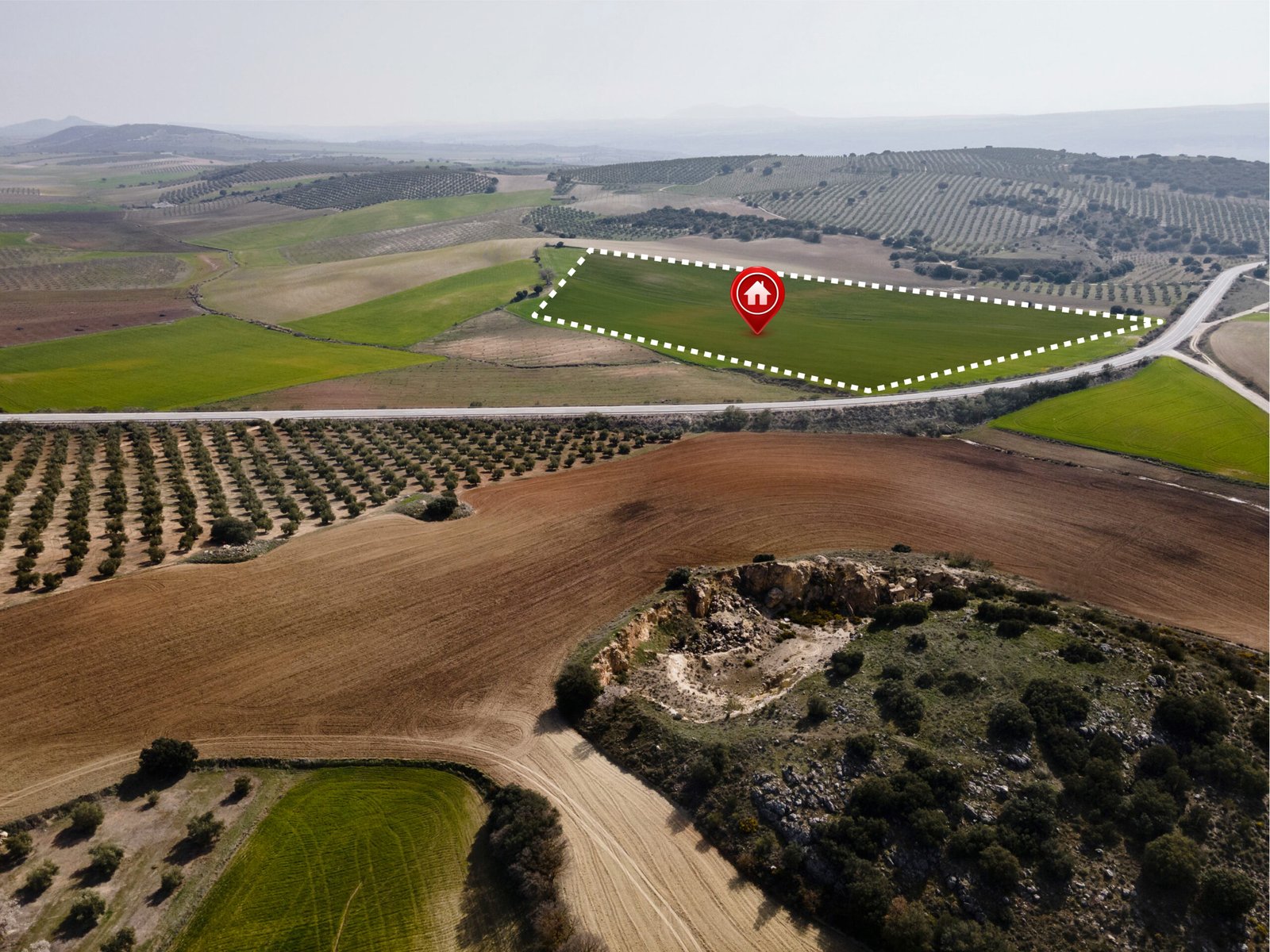
What Is Meant by UDS in Apartments: 5 Important Facts to Know
Hey, Welcome to the complete guide of what is meant by UDS in apartments.
When delving into the world of real estate, you might come across the term “UDS” and wonder what it means. UDS stands for Undivided Share of Land, a crucial concept in apartment ownership that every buyer should understand.
What is meant by UDS in apartments? If it sounds complicated, don’t worry – this article breaks it down for you. We’ll explore what is UDS in flat,UDS full form,UDS calculation formula, importance of UDS in apartments, and why it’s a key factor in determining property value.
What Is UDS In Apartments?
When it comes to What is meant by UDS in apartments, Then see UDS refers to the portion of the land associated with an apartment in a multi-story building.
When you purchase an apartment, you are not just buying the unit itself; you are also acquiring a share of the land on which the building stands.
UDS full form is Undivided Share of Land (UDS). Essentially, UDS represents the ownership interest of an apartment owner in the entire land parcel on which the apartment complex is built.
In a typical multi-story apartment complex, the land is not divided and allocated separately to individual apartment owners. Instead, each owner has an undivided interest in the entire land.
This means that the land is jointly owned by all the apartment owners, and each owner has a specific share based on the size of their apartment.
The concept of UDS ensures that every apartment owner has a proportional stake in the land, which is crucial in terms of property value and legal rights.
Concept of UDS: What is meant by UDS in Apartments?
DO you know what is UDS in a flat?
The idea of UDS is essential because land is a limited resource, and its value tends to be appreciated over time. When you own an apartment, your UDS ensures that you have a stake in this appreciating asset.
It is called “undivided” because the land isn’t physically divided among the owners – everyone owns a percentage of the whole plot.
To put it simply, imagine a pie chart representing the entire land area. Each apartment owner holds a slice of this pie, proportional to the size of their apartment. Even though the land itself isn’t physically divided, the ownership is clearly defined. This means that if the land value increases, so does the value of each owner’s share. This is particularly important in urban areas where land prices are consistently on the rise.
Furthermore, UDS provides a sense of security to apartment owners. In case of redevelopment or if the building needs to be reconstructed, the UDS determines the owner’s entitlement to the new property or compensation. Without UDS, determining the fair share of land for each owner would be challenging and could lead to disputes.
Importance of UDS in apartments: What is meant by UDS in Apartments?
UDS plays a significant role in the real estate market. It determines your actual ownership of the property and can impact everything from property value to the ease of selling your apartment. Essentially, the larger your UDS, the greater your stake in the property.
When purchasing an apartment, understanding the UDS is crucial as it directly impacts the long-term value of your investment. A larger UDS means you own a bigger portion of the land, which can be highly beneficial, especially in high-demand areas where land is scarce. Over time, as the land value appreciates, so does the value of your UDS, thereby increasing the overall worth of your property.
Moreover, UDS is a key factor in the legal and financial aspects of property ownership. It affects property taxes, maintenance charges, and any compensation or benefits received in case of redevelopment. For instance, if the building is demolished and the land is sold or redeveloped, the compensation or new property allocation would be based on the UDS. Therefore, a clear understanding of UDS ensures that you are aware of your rights and entitlements as a property owner.

UDS calculation formula: What is meant by UDS in Apartments?
Calculating UDS can seem tricky, but it’s fairly straightforward once you understand the formula. Typically, the total land area of the plot is divided by the number of apartment units and then adjusted based on the size of each apartment. For example, if you own a larger apartment, your UDS will be proportionally larger.
Here is a step-by-step breakdown of how UDS is calculated:
- Determine the Total Land Area: Start by identifying the total land area of the plot on which the apartment building is constructed.
- Total Number of Units: Identify the total number of apartment units in the building.
- Proportion Based on Apartment Size: Each apartment’s UDS is calculated based on its size relative to the total built-up area of all apartments.
For instance, if your apartment is 1,500 square feet and the total built-up area of all apartments is 30,000 square feet, your UDS would be 1,500 / 30,000 = 5% of the total land area.
- Final UDS Calculation: Multiply the total land area by your apartment’s proportion to determine your specific UDS. For example, if the total land area is 10,000 square feet, your UDS would be 10,000 0.05 = 500 square feet.
Understanding this calculation is vital for both buyers and sellers. It provides transparency in property transactions and helps in determining the fair value of an apartment based on its share of the land.
Factors Affecting UDS Calculation: What is UDS in flat?
Several factors can influence the calculation of UDS. These include the total land area, the number of units in the building, and the size of each unit. Additionally, amenities and common areas like parking spaces and gardens might also play a role in determining the exact UDS for each apartment.
- Total Land Area: The larger the land area, the larger the UDS for each apartment. The overall plot size is the primary factor that sets the foundation for UDS calculation.
- Number of Units: The total number of apartment units in the building impacts the UDS for each unit. More units generally mean a smaller UDS per apartment, while fewer units result in a larger UDS per apartment.
- Size of Each Unit: The size of your apartment relative to other units is a critical factor. Larger apartments typically have a higher UDS because they represent a bigger portion of the total built-up area.
- Common Areas and Amenities: Shared spaces like parking lots, gardens, and recreational areas also factor into UDS calculations. If these areas are significant, the UDS for each apartment may be adjusted accordingly to reflect the shared ownership of these amenities.
- Development Regulations: Local zoning laws and development regulations can also impact UDS calculations. These regulations dictate the permissible built-up area and can influence the proportionate share of land assigned to each unit.
By understanding these factors, you can better assess the value of an apartment and make more informed decisions during property transactions.

Impact of UDS on Property Value
The value of your UDS can significantly impact the overall value of your apartment. A higher UDS means a larger share of the land, which can make your property more valuable. Conversely, a lower UDS might mean less value, especially in high-demand areas where land is at a premium.
- Appreciation of Land Value: Land tends to appreciate over time, often faster than the value of the built-up area. A higher UDS means you benefit more from this appreciation, increasing the overall value of your property.
- Market Demand: In urban areas where land is scarce, a higher UDS can make your apartment more attractive to buyers. It signifies a greater stake in a valuable asset, which can drive up the property price.
- Redevelopment Potential: In the case of redevelopment, the compensation or new property allocation is based on UDS. A higher UDS means better compensation or a larger share in the new development, enhancing the property’s value.
- Legal and Financial Benefits: Higher UDS often translates into more significant financial and legal benefits. It can affect property taxes, maintenance charges, and other financial aspects tied to property ownership.
Overall, UDS is a crucial determinant of property value. It ensures that you have a fair share of the appreciating land, making your investment more valuable in the long run.
UDS in Different Types of Housing: what is UDSin flat?
UDS isn’t limited to apartments. It’s also relevant in other types of housing like villas in gated communities. However, in such cases, the concept might be applied differently, with each villa having a distinct portion of the land, making the calculation and ownership more straightforward.
- Villas and Independent Houses: In the case of villas and independent houses within gated communities, UDS might be more straightforward. Each villa typically comes with a defined plot of land, making the ownership and UDS clear and specific.
- Row Houses and Townhouses: For row houses and townhouses, the concept of UDS can still apply, but the calculation might differ slightly. Each unit might have a specific plot of land, but there could also be shared common areas that need to be accounted for in the UDS calculation.
- Mixed-Use Developments: In mixed-use developments that combine residential and commercial spaces, UDS calculations can become more complex. The proportionate share of land needs to account for both residential and commercial uses, impacting the UDS for each unit differently.
Understanding how UDS applies to different types of housing helps in assessing the true value of the property and ensuring clear ownership rights.
Benefits of Knowing Your UDS
Knowing your UDS gives you a clearer picture of what you own when you buy an apartment. It helps in understanding the true value of your property and can be a deciding factor during resale. Plus, it can aid in ensuring fair distribution of land in case of redevelopment.
- Informed Decision-Making: Understanding your UDS helps you make informed decisions about buying or selling property. It provides clarity on what you own and its value, ensuring you get a fair deal.
- Fair Distribution in Redevelopment: In case of redevelopment, knowing your UDS ensures that you receive a fair share of compensation or the new property. It protects your rights and entitlements during such processes.
- Financial Planning: Knowing your UDS aids in better financial planning. It helps in assessing property taxes, maintenance charges, and other financial obligations tied to property ownership.
- Legal Clarity: Understanding your UDS provides legal clarity on your ownership rights. It ensures transparency in property transactions and helps in avoiding disputes over land ownership.
Overall, knowing your UDS is crucial for maximising the value of your investment and ensuring your rights as a property owner.
Conclusion: What is meant by UDS in Apartments?
Let’s conclude the article “What is meant by UDS in Apartments?”
Understanding UDS is essential for anyone looking to buy or sell an apartment. It not only helps you grasp the true value of your property but also ensures you get your fair share in case of redevelopment.
So, next time you’re in the market for an apartment, make sure to ask about the UDS and understand exactly what you’re getting. Knowing your UDS can make a significant difference in the long-term value and benefits of your investment.
Can't Find What you are looking for?
Tell us about your choice here!









